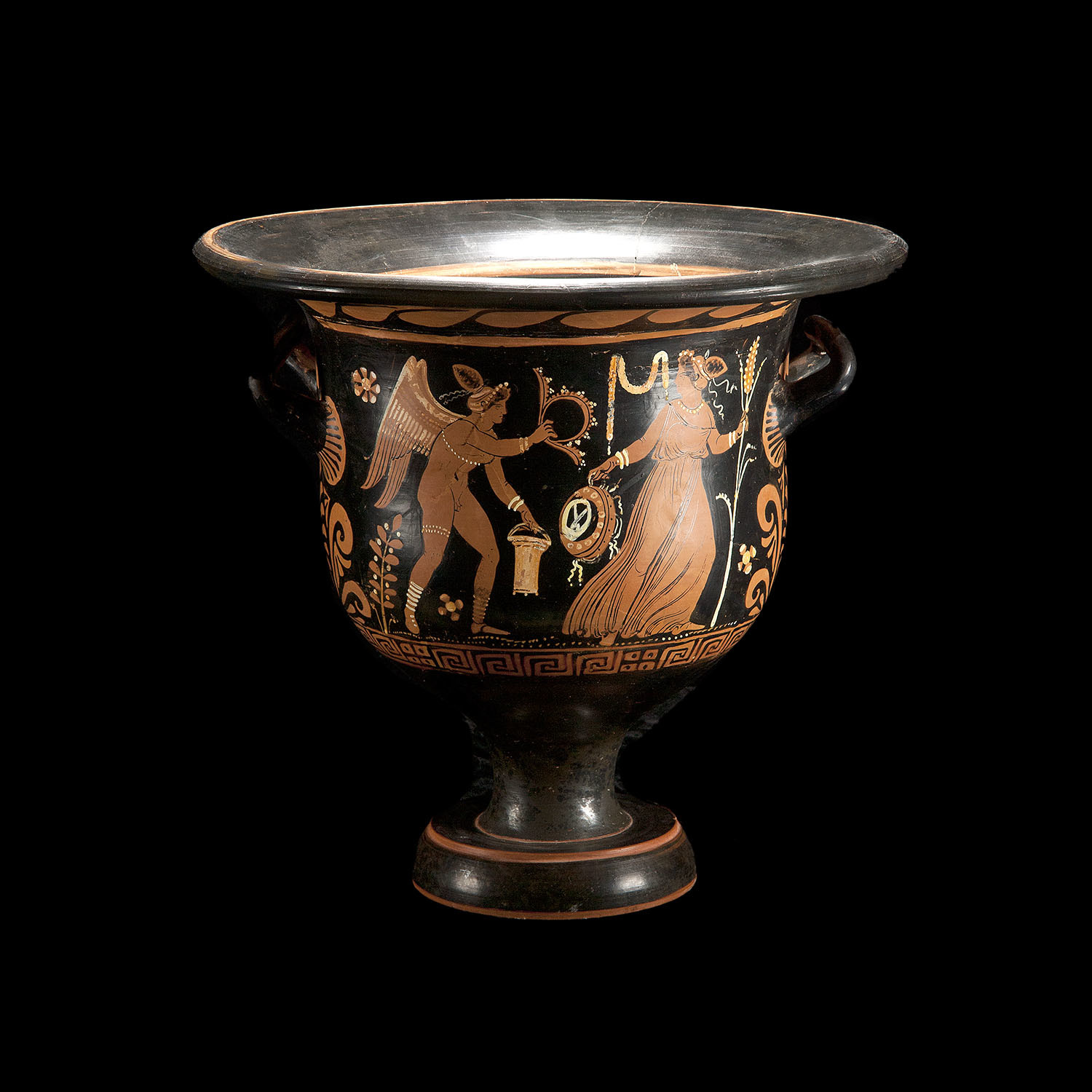- Nov 4, 2004
- 18,914
- 7,286
A friend of mine gets a subscription from the Creation Museum in Ohio and I was reading a neat article on soft tissue that was found in T-Rex, which was said to have been extinct for 'millions' of years. Yet, this goes against all aspects of science since soft tissue should not exist in fossils that are 'millions' of year old. 
Many Dino Fossils Could Have Soft Tissue Inside

Oh, and not that I really understand this stuff, but it sounds pretty impressive lol!
http://www.answersingenesis.org/articles/aid/v4/n1/soft-tissue-fossilization

Many Dino Fossils Could Have Soft Tissue Inside
Mary Schweitzer, the North Carolina State University paleontologist who announced the finding, said her team has now repeated that feat with more than a dozen other dinosaur specimens.
To make sense of the surprising discovery, scientists are beginning to rethink a long-standing model of how the fossilization process works.
Schweitzer gave an update of her team's progress unraveling this mystery last Friday at the annual meeting of the American Association for the Advancement of Science, held this year in St. Louis, Missouri.
Traditional ideas of how fossils form do not allow for the preservation of soft, perishable organic tissues.
"We propose now that soft-tissue components of bone might persist in a lot more different animals, in a lot more ages and environments, than we once thought," Schweitzer said.
If Science currently says that soft tissue can't last 65 millions of years, but they can't explain how they are now finding so much soft tissue in fossils that are millions of years old, why are they going to go through such an extreme to try to figure this out based on this millions of years old model? Why not just stick with what they do know, which is soft tissue doesn't last millions of years old and as such, maybe these fossils aren't as old as they thought?The dinosaur remains include blood cell-like structures containing nuclei, like those of birds today.
To demonstrate, Schweitzer showed two microscope-generated photographs side by side.
"One of these cells is 65 million years old, and one is about 9 months old. Can anyone tell me which is which?"

Oh, and not that I really understand this stuff, but it sounds pretty impressive lol!
http://www.answersingenesis.org/articles/aid/v4/n1/soft-tissue-fossilization







